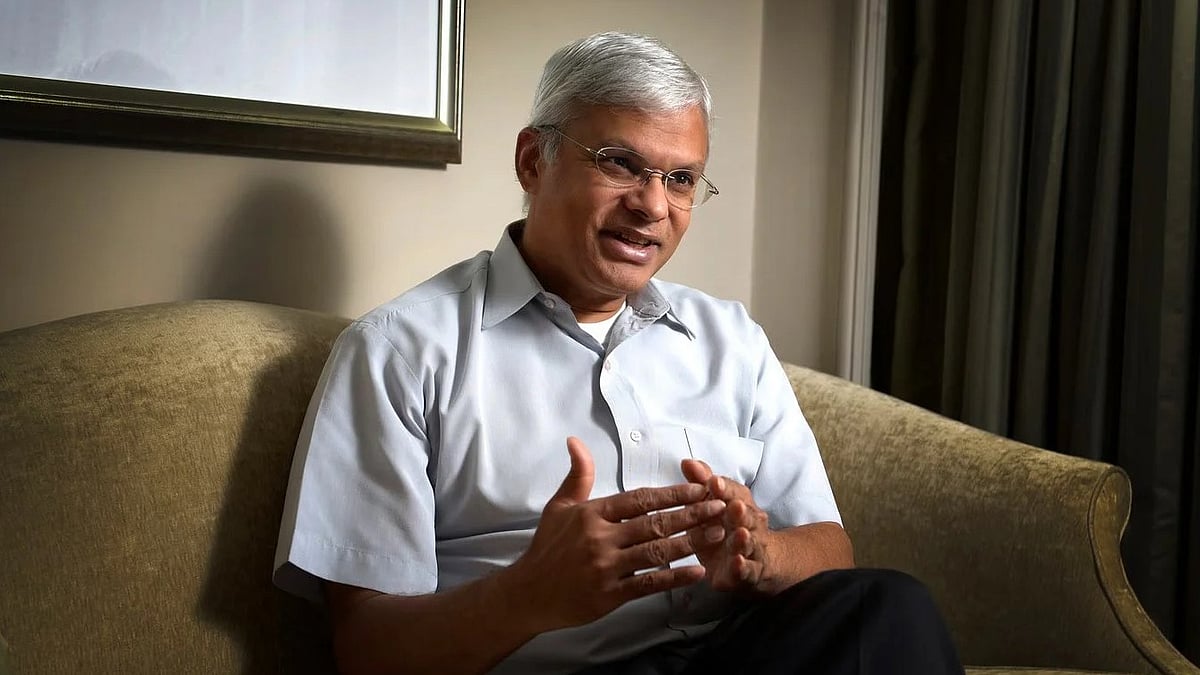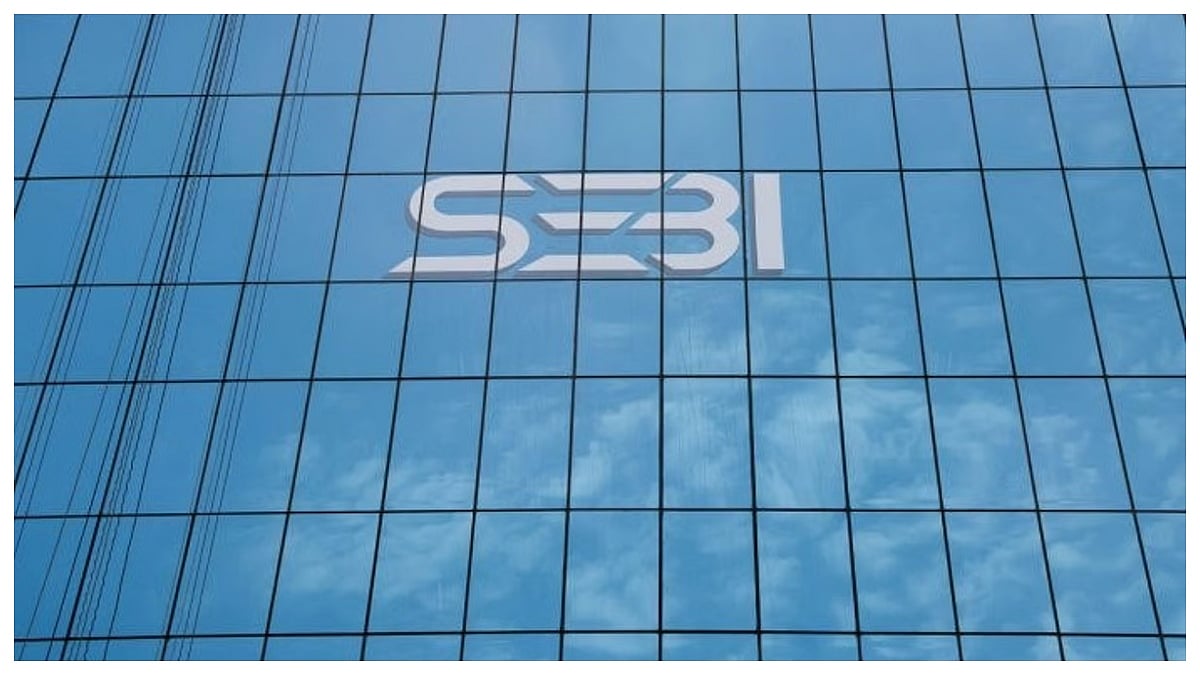One of the most critical pitfalls is the Organizational assumption that SAP HANA is just another version of SAP with a faster built-in-memory database. Organizations and experts assume and plan the HANA transformation initiative as another SAP Upgrade opportunity. SAP Has evolved continuously over the years with new versions in SAP offerings from R/2 to R/3, with some popular versions like SAP ECC 4.6 C, SAP ECC 5.0, etc. SAP Version ECC 6.0 was an extended-standing version across the globe. SAP then released various Enhancement Packs with new features like Ehp1 to Ehp7.
SAP HANA transformation is an excellent opportunity to define the business process solutions in SAP from a fresh perspective. The greatest challenge within the Organization or user community is ‘’we have always done it this way’’. Every business process should be evaluated for the best outcome, and the Organization should be able to justify and document any customization. Any existing customizations should be challenged when migrating to HANA, and there should be a working prototype with a standard SAP offering for Consideration. The solution gaps with out of box solution offering with consequences and the business value justification for each dollar spend due to enhancements should be documented. Long-term perspective should be considered as any additional enhancement or custom code will also add to the maintenance cost. It would need a frequent update with additional interfaces and touchpoints.
Existing Business Process Maps are an absolute must for Requirement Gathering Workshops.
During my experience with global customers, the requirement workshops are sometimes planned without any Business Process Maps in place. Business users underestimate the importance of Business process flow representation as there Is already a solution for each process in the SAP ECC system. The lack of Business process Flow diagrams leads to flawed and improper solution design and results in multiple corrections and Iterations. Global Organizations with Scattered Subject Matter Experts in different countries and time zones have concentrated Business expertise in specific areas. The only way to get all the requirements consolidated before the design is through documented business process flows that capture all the process steps without exception. The Holistic Business Process Maps will help the SAP Solutioning team to design the Solution without any revisions. The Business process maps can also help reduce the enhancements and customizations as SAP HANA solution with new best practices may avoid the need for customization. Also, the balance between Business process change and Business Solution customization can also be assessed.
Sandbox setup with Best Practice configuration.
SAP Hana offers UI5 or Fiori feature, which is in the form of a tile for each transaction or process. This may be their first experience with Fiori for many organizations undergoing HANA transformation. Many best practices are documented with codes and can be accessed via rapid.sap.com. Before the requirement-gathering workshops begin, it is advisable to configure a sandbox system. Show and tell is much more effective than verbal communication over zoom with scattered Business users and SAP Solution experts across the world.
Consider the Opportunity to Harmonize and Rationalize the overall landscape.
Large Organizations have thousands of software systems interfaced directly or indirectly with central ERP systems. Though The interfaces and third-party systems would have been in the landscape for a long time, the Organization should consider eliminating the systems if possible. Most SAP Solution experts try to document all the functions and processes of interfaced systems and assume these interfaces and procedures will remain after the HANA digital transformation. Though all the business functions flow maps need to be documented, one of the first considerations is to assess the consequence of removing the system completed with the new HANA solution if Possible. There should be justification for each process and ROI clearly defined for continuing the interface systems. Also, a significant change management impact is replacing or removing many legacy or interfaced systems. In that case, Architects should lay out a road map to phase out the interfaced systems over time.
Effective transformation starts with productive meetings, the right participants, Decision Making and Inclusion.
Solution Design or HANA transformation is about more than just business or technology; other important aspects are often overlooked. Any large transformation projects are executed through multiple meetings and discussions. Effective meetings with a clear Agenda and content shared beforehand can provide the audience to come prepared for the sessions. Many decisions are delayed as a critical decision maker may have yet to be invited or would have sent a proxy as an attendee without any decision-making authority. The Stakeholders should ensure the right participants participate when needed and do not prolong the decision-making. Workplace Politics, Exclusion, and Prejudice can be some of the reasons which can influence solution design, as some of the key stakeholders may be left out of the decision-making process.
About the Author
Karthik Trichur Sundaram is an expert in SAP solutions and has been working with SAP since 1997. Karthik has implemented many global SAP S/4 HANA transformation projects working with SAP America as a Platinum Architect. Karthik has multiple SAP certifications and has executed successful projects in North America, Australia, Asia Pacific, the UK, and the Middle East. Karthik has worked in domains like A&D, Metals and Mining, Oil & Gas, Specialty Tools, Chemicals, Semiconductor Manufacturing, Telecom, and Utility. Karthik has published scholarly articles in journals. Karthik got his Bachelor's in Electrical & Electronics Engineering from the College of Engineering, Trivandrum, India, and his MBA from Boise State University with summa Cum laude. Karthik lives with his family in Pleasanton ,CA,USA,
References









